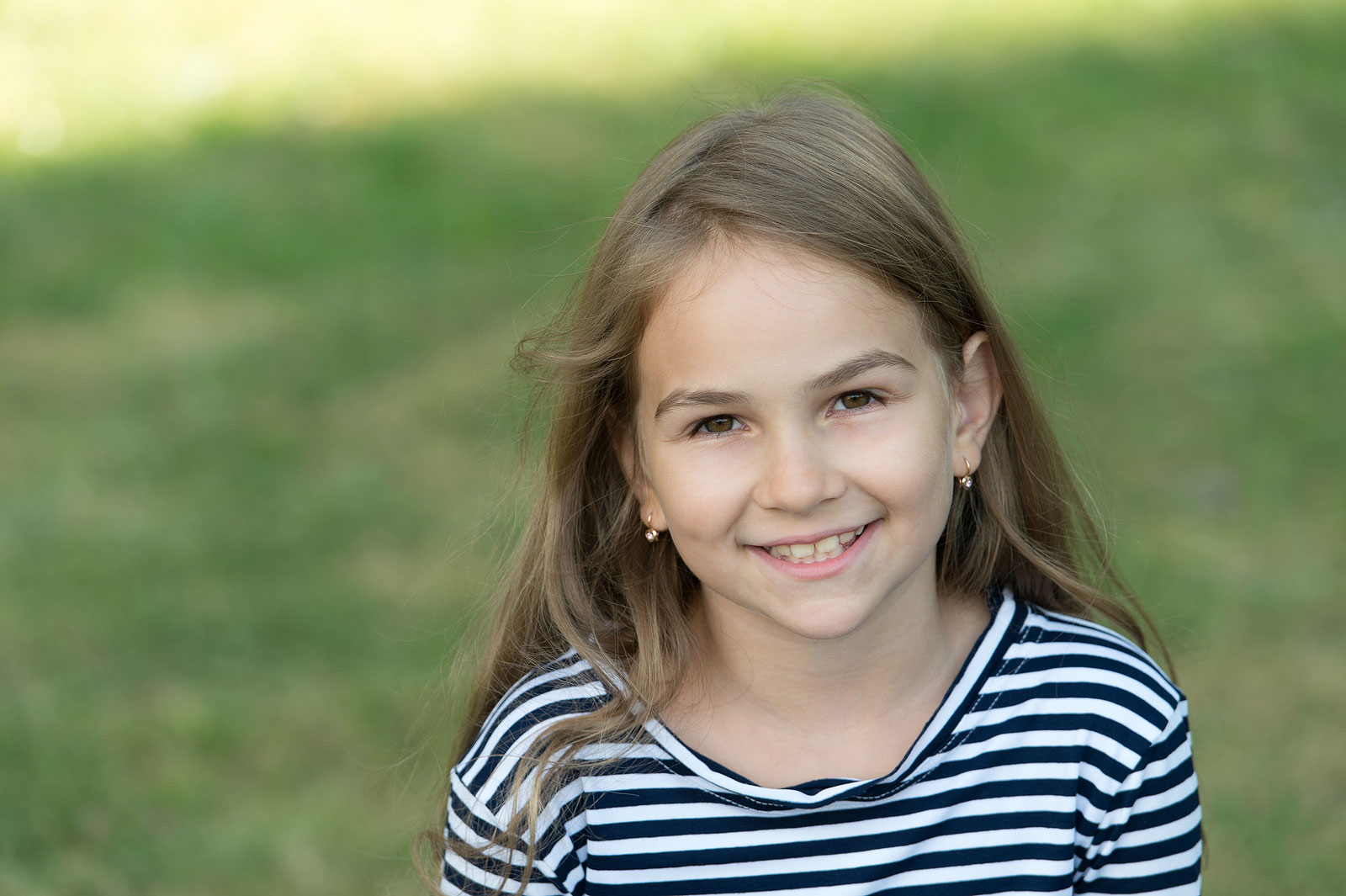Anaerobic Bacteria in the Mouth
In biological dentistry, the focus goes beyond surface-level cleaning to address root causes of oral health issues. Anaerobic bacteria, which thrive in oxygen-poor environments like deep gum pockets and crevices, pose a significant threat to both oral and systemic health. These bacteria are often hidden in areas unreachable by traditional cleaning tools and are known to contribute to gum disease, tooth decay, and other complications if not addressed properly. While conventional dental cleanings remove calculus, plaque, and biofilm, which are the byproducts of bacterial activity, biological hygiene targets the bacteria themselves to provide lasting health benefits.
- Understand the anaerobic bacteria and their pathogenic impact
- Biological Hygiene: A Holistic Approach to Oral Health
- Targeting harmful bacteria with ozone therapy
- incorporating oral microbiome restoration post cleaning
- Using antimicrobial rinses
- Moving Beyond Just a Cleaning
Understanding Anaerobic Bacteria and Their Pathogenic Impact
Anaerobic bacteria are particularly harmful because they thrive in low-oxygen environments where normal, healthy bacteria struggle to survive. Some of the most concerning types include Porphyromonas gingivalis, Tannerella forsythia, and Treponema denticola. When these bacteria grow unchecked, they produce toxins that can:
- Cause Inflammation
These bacteria release byproducts that promote inflammation in the gum tissue. This inflammation is often painful, causing redness, swelling, and bleeding, and it can eventually lead to more serious issues like periodontal disease and tooth loss. - Contribute to Bone Loss
When anaerobic bacteria infect gum tissue and the underlying bone, they can degrade bone structure over time. This bone loss compromises the stability of teeth and increases the risk of tooth loss and other complications. - Link to Systemic Health Risks
Studies show that pathogenic oral bacteria are associated with systemic issues such as cardiovascular disease, diabetes, and respiratory illnesses. The toxins and inflammatory agents released by these bacteria can travel through the bloodstream, contributing to inflammation and plaque buildup in other areas of the body.
Biological Hygiene: A Holistic Approach to Oral Health
Biological hygiene offers a more comprehensive approach to oral care by targeting the bacterial imbalances directly. This approach doesn’t just remove calculus and biofilm but seeks to reestablish a healthy microbiome balance in the mouth. Here’s how biological hygiene works:
- Targeting the Anaerobic Bacteria
Targeting Harmful Bacteria with Ozone TherapyOzone therapy is an effective, natural method for reducing anaerobic bacteria. The oxidizing power of ozone selectively targets anaerobic harmful bacteria without disrupting aerobic bacteria that is beneficial.
- Restore the Oral Microbiome
Once harmful bacteria have been minimized, it’s time to restore the oral microbiome in the mouth. Based on patient’s oral health, health history, and dietary restrictions, our biological hygienist will recommend foods and supplements to help promote good bacteria restoration. The good bacteria compete for space with harmful bacteria, reducing the chances of pathogenic overgrowth and helping to prevent future gum disease. - Using Antimicrobial Rinses
Unlike standard mouthwashes, which may kill all bacteria, antimicrobial rinses in biological hygiene use natural agents like essential oils or herbal extracts that selectively target anaerobic bacteria, preserving the health of the oral microbiome, without the heavy chemical toxins. - Regular Monitoring and Testing
Biological dentists use microbiome assessments to understand the levels of pathogenic bacteria and adjust treatments accordingly. These tests allow for proactive care by identifying bacterial shifts before they manifest as disease, supporting both short- and long-term oral health.
Moving Beyond Just a Cleaning
Addressing anaerobic bacteria at a bacterial level requires more than superficial cleaning. While calculus, plaque, and biofilm are visible indicators of bacterial activity, removing them do not resolve the root problem. By focusing on the root cause, source of bacterial imbalances, biological hygiene aims to create an environment where harmful bacteria cannot thrive, leading to improved oral health outcomes and a reduced risk of systemic issues.
Incorporating these holistic strategies means that patients aren’t just free of plaque or calculus but are supported in achieving a healthy, resilient oral microbiome that benefits their entire body.
At Seattle Dental Care, our commitment to holistic dentistry ensures that our patients receive comprehensive, effective, and natural care for their gum health. By going beyond just scraping, we help our patients achieve a healthy, balanced mouth and a better quality of life.
MON - SUN 8:00 am - 5:00 pm
2107 Elliott Ave Ste 210,
Seattle, WA
Phone : (206) 728-1330Text Us : (206) 728-1330





